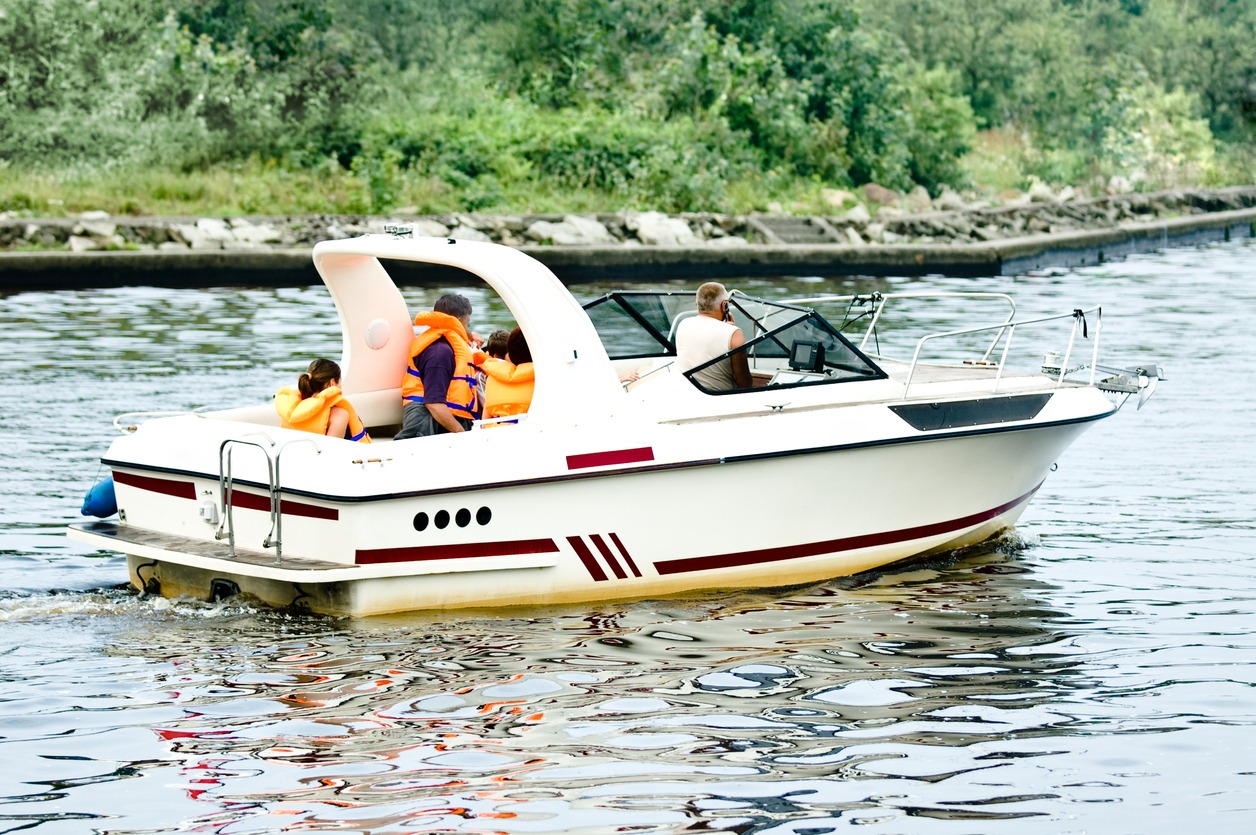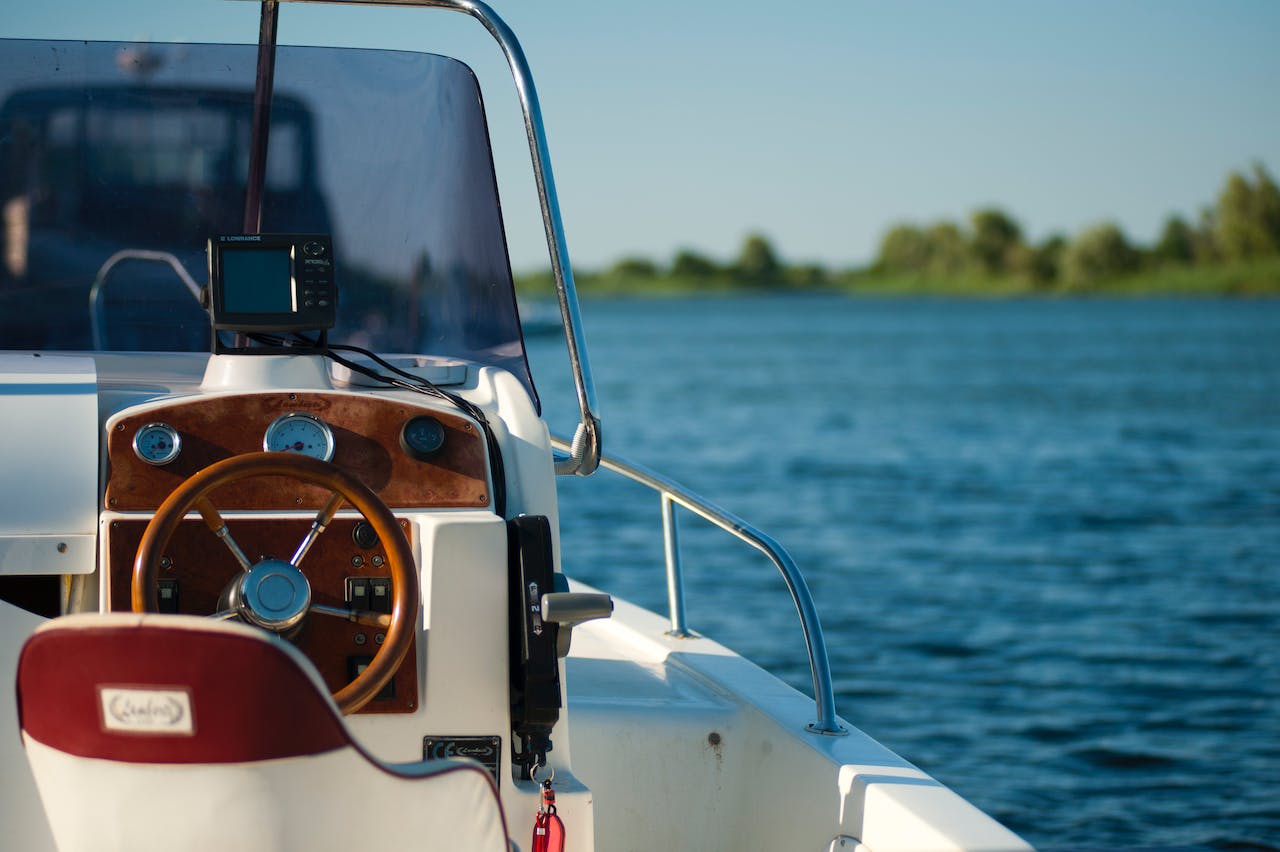As the winter thaw gives way to the budding signs of spring, boat owners everywhere feel the familiar stir of anticipation for the upcoming boating season. Preparing your boat for spring is not just a ritual marking the end of colder days; ensuring your vessel is safe, efficient, and ready to provide endless enjoyment on the water is crucial. Whether a seasoned sailor or a weekend warrior, getting your boat spring-ready is an investment in safety and leisure.
This guide outlines essential steps to wake your boat from winter slumber, addressing everything from hull inspections to updating safety equipment and documentation. By thoroughly preparing your boat for spring, you protect your investment and create peace of mind knowing your vessel is in top condition. So, let’s dive into how to prepare your boat for spring, ensuring a season filled with smooth sailing and memorable adventures.
Start with a General Inspection
Kicking off your boat’s spring readiness begins with a comprehensive general inspection, a critical first step to identify any issues that could compromise safety or performance. Start by examining the hull closely for any signs of damage, such as boat cover cracks, blisters, or abrasions that winter storage may have unveiled. Don’t overlook the boat’s underside, where hidden damage can lurk. The propeller demands special attention; even minor dings or distortions can lead to significant performance losses.
Ensure it’s securely attached and free of debris that could hinder efficiency. Extend your inspection to the rudder and steering system, verifying that all components move smoothly and without obstruction. This initial once-over is your opportunity to catch and address potential problems early, setting the stage for more detailed maintenance tasks. By thoroughly inspecting your vessel from bow to stern, you lay the foundation for a boating season that’s not just fun but also safe and worry-free.
If the propeller has been damaged, keeping it in top shape is essential, so check and replace the bearings if necessary. According to Lucca Trailers, this is also an excellent time to inspect the boat trailer; you don’t want to be surprised if there has been water damage, so check for any signs of corrosion or damage.
Electrical Systems and Batteries
The heart of your boat’s functionality, especially as you prepare for the spring, lies in its electrical systems and batteries. Ensuring these components are in prime condition is vital for a trouble-free boating season. Start by:
- Testing and Charging the Battery: After months of storage, batteries need a thorough check. Test each battery’s charge level and ensure they’re fully charged. If any battery can’t hold a charge, it’s time for a replacement.
- Inspecting Electrical Connections: Corrosion is an electrical system’s nemesis. Examine all electrical connections, including those on the battery, for signs of corrosion or wear. Clean any corrosion found with a wire brush and apply a corrosion-resistant spray to prevent future buildup. Ensure all connections are secure to avoid potential failures.
- Checking the Lighting System: Navigation lights are crucial for safety during dawn, dusk, or night-time outings. Test all lighting fixtures, including cabin lights, to ensure they are operational. Replace any burnt-out bulbs and repair any faulty wiring.
This step is not just about maintenance but ensuring the safety and reliability of your boat. Regular checks and upkeep of the electrical systems and batteries can prevent unexpected issues that could spoil your time on the water. Taking care of these essentials ensures your boat is as ready for adventure as you are.
Water System
If you use antifreeze in your freshwater tank, rinse it before connecting the pump and flushing the water pipes. If you must, remove the antifreeze when you have made your water system winter-proof, and rinse with water from the tank. Put pressure on the system, open each tap individually to ensure a clean water flow, and use the solution to disinfect the water system.
Fluids
The bilge area is inspected for liquid leaks, and the fuel lines are examined to find any cracks and if you need to replace any damaged parts. Check all fluid levels, including water, oil, gas, diesel, fuel, air, oxygen, and other liquids in the bilge area, fuel tank, and other related areas. Change engine oil and oil filter at least once a week, if not more, but more than once every two weeks.
Hoses, Cables, and Belts
Ensure the belts fit tightly around the pulley and check the hose for cracks and brittleness. Look for signs of swelling in the pulley, such as at the bottom of the tube or a small amount of water. This could signal internal corrosion and cause problems with the motor and/or power supply.
Fuel Mechanism
The fuel system should be checked for leaks and damage. Check the engine ventilation’s functionality and ensure the fittings and clamps are sufficiently safe. Check for brittleness and cracks; if you notice any problems, call a specialist to fix them.
If fuel has been left in the tank over the winter, empty it and fill it with fresh fuel that contains less than 10% ethanol. Pay particular attention to the fuel if you have not filled your tank to three or four quarters and added fuel stabilizer for storage in winter. Check the condition of the control cables, check the safety kill switch, and if you notice any wear or malfunction, replace any worn or defective parts.
Before starting your boat, listen to engine noises such as exhaust or engine noises. You should consult a specialist to diagnose the problem if you hear anything abnormal. The professionals from PartsVu provide nearly 54,000 Genuine Mercury Marine parts, including Mercury outboard motor parts and MerCruiser parts, and can give you the best advice about your boat.
Cleaning and Maintenance
The transition from winter storage to spring splendor for your boat isn’t complete without a thorough cleaning and meticulous maintenance. This phase is both about aesthetics and preserving the integrity of your boat. Start with a deep clean of the boat’s exterior, using marine-grade cleaners to wash away any grime, salt, or debris accumulated during storage.
Maintenance extends beyond cleaning, involving lubricating moving parts such as hinges, winches, and latches to ensure smooth operation. Check and tighten bolts and screws as necessary to secure all components. This cleaning and maintenance ritual revitalizes your boat’s appearance and is critical to its longevity and performance. By dedicating time to these tasks, you set the stage for a season of hassle-free boating, focusing on enjoyment and exploration.
Updating Documentation
Before setting sail into the refreshing spring breezes, updating your boat’s documentation is a step you cannot overlook. This administrative task ensures that your boating adventures are both legal and hassle-free. Start by reviewing your boat’s registration and insurance policies. Ensure your registration is current, displaying the latest decals on your boat as the law requires. It’s also the perfect time to reassess your insurance coverage, ensuring it matches your current needs and the value of your boat.
Additionally, check that you have any necessary permits for the waters you plan to navigate, including fishing licenses or mooring permits. Ensuring your documentation is in order before the boating season begins lets you enjoy the water with peace of mind, knowing you’re fully prepared for whatever adventures lie ahead.
Launching and Sea Trial
The culmination of your spring preparations leads to the eagerly anticipated moment of launching your boat and conducting a sea trial. This final step is both a test and a celebration, marking the transition from maintenance to mobility. Launching your boat for the first time in the season is a procedure that demands care and attention.
Ensure the boat is properly secured on the trailer and all necessary preparations, such as installing the drain plug and removing tie-downs, are completed before you approach the water. Once in the water, closely monitor the boat for any signs of leaks or unusual noises that could indicate a problem overlooked during the preparation phase. The sea trial allows you to assess the boat’s performance under natural conditions.
Test the engine at various speeds, check the steering for responsiveness, and ensure the navigation systems function correctly. This initial outing is not just about enjoyment; it’s a critical evaluation of your boat’s readiness for the season. Addressing issues now can prevent future problems, ensuring a safe and enjoyable boating experience. By approaching this phase with thoroughness and vigilance, you set the stage for a season filled with smooth sailing and memorable adventures on the water.
Conclusion
As we wrap up our guide on getting your boat ready for spring, it’s clear that the effort put into preparing your vessel pays dividends in safety, efficiency, and enjoyment throughout the boating season. Each step, from the initial inspection to the final sea trial, is a crucial link in the chain that ensures your boat is not just seaworthy but also a pleasure to command. This comprehensive approach to spring preparation, encompassing everything from meticulous maintenance to updating documentation, not only safeguards your investment but also enriches your boating experience.
Remember, a well-prepared boat is the foundation of countless adventures and memories on the water. So, as you complete these essential tasks, take a moment to anticipate the freedom and joy that await. Here’s to a spring and summer filled with clear skies, calm waters, and the unparalleled delight of boating.


